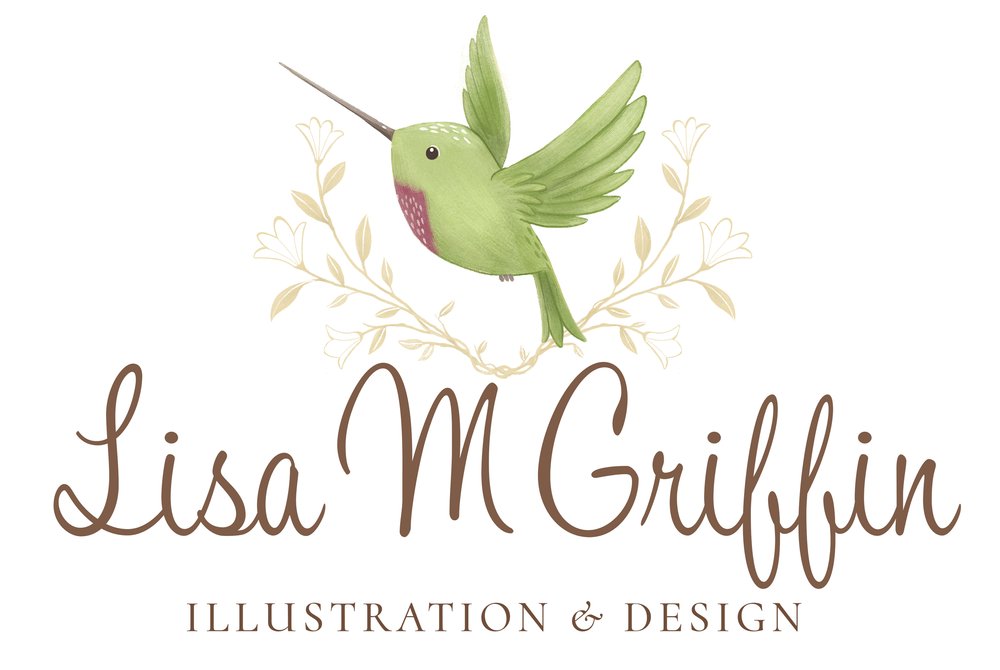Let me begin by saying rejections stings. I would be lying to you if I said it didn't.
Realistically though, rejections are a part of being a working creative. It doesn’t matter if you’re an artist, designer, photographer, illustrator, or writer - a piece of your heart is carried over in what you create. Any rejection feels bad, but we need to find ways that make it easier to move beyond feeling upset and get on the horse again. As a working creative, it is important to learn how to handle rejection so that you can consistently market and pitch your work.
My best 7 tips for handling rejection better.
1. You're not alone
All creatives deal with rejection, it's simply part of the process and obviously, it is not the fun part. Take some comfort in knowing that you're in good company. Even the most accomplished professionals still hear NO, whether it comes through their agent or an email. This might be hard for some to believe but it is true. Nobody hits it out of the park 100% of the time.
2. Always research first
Take the time to do your homework before you pitch. This single step could save you a lot of frustration. Only submit to clients that fit your aesthetic or target industry. Sometimes, rejections are based on the simple fact that your work doesn't fit the company that you sent it to.
For example: if you want to illustrate children's picture books, don't submit your PB dummy to a YA editor or graphic novel publisher.
3. Take a breather
Look, it can be easy to hit a wall, especially on a day when "thanks but no thanks" responses are filling up your inbox. Walk away from your computer and take a break. Read a book, get outdoors, call a friend or mentor - recognize that you're disappointed, and give yourself some time away. A healthy distraction will help take your mind off things so that you can return with a refreshed perspective.
4. Confidence + Experience
The more you pitch, the easier it becomes and the more confident you will be with submitting your work. With experience comes the understanding and recognition that you will still get some No’s, and a choir of crickets too - realize it’s not personal, it comes with the territory. This is a numbers game that is based on a multitude of factors beyond our control: How the economy is doing, what’s selling in the marketplace, trends, budgets, personal tastes, variety of submissions, etc. What YOU can control in the situation is your attitude and preparedness. Keep making your best work and building on your skills so you will be prepared for your next pitch promotion.
5. Grow through what you go through
As creatives, we (often) view our art as an extension of ourselves, which is why a rejection feels so personal. If you add in the frequency of a negative response to a pitch (vs heck yeah you are fantastic and I’m sending you a contract right now) it becomes clear why artists are told to have a thick skin. Rejection can result in self-doubt and questioning whether our skills and abilities are good enough. I would lean toward the questioning side of things. How can you take rejection and springboard from it?
In my early years, I didn’t take the time to really look at why one pitch worked better than another. Take the time to evaluate and compare pitch proposals or submissions. If it didn’t work ask yourself some questions. Did you pitch to the right audience? Was it a polished a professional piece of work? Did you pitch to only a few dream clients?
Sometimes when submitting, you will receive feedback which can be helpful. While you might not always agree with someone’s point of view, IF you’re getting a consistent critique from potential clients about your work, that is something worth looking into. Don’t react badly to it, take a breath and be objective regarding the comment. What is being suggested? Is it a matter of fine-tuning your drawing skills or presenting your work in a more professional manner? Do they like your style but want to see more variety in your portfolio?
In all my years of freelancing, there has been only one instance where I received a response that was more hurtful than helpful. The majority of folks who receive submissions/pitches are either tactful in how they respond (with a yes or a no) or too busy to respond if your work isn’t a good fit. Either way, don’t let the fear of rejection prevent you from pitching your work.
6. Keep throwing your line out
When I pitch or send cold-queries, I think of it as fishing. Growing up, I spent time fishing with my dad. There were moments when I didn't get a single nibble, moments where I would get a brief tug on the line, moments when I watched someone else reel in fish after fish… and finally… the moment I had been waiting for, reeling in my own fish! The excitement was the same whether it was a big or small catch, simply because the time, effort, and patience had all been worth it to have that moment. And we all deserve that moment.
It's easy to lose sight of what it takes to get to that point. Looking back, I understood that most of the time when I would leave with my dad, I wouldn't catch a thing but I still wanted to go fishing. I enjoyed the fresh air and time on the water, I enjoyed talking to my dad, and I loved the possibility of what could happen. You pick your bait, cast your line, and hope for the best. While fishing might seem boring to some, I love the prospect of an unexpected surprise - at any moment that pole could bend, and I would have to be ready to reel in something amazing.
As creatives, we need to keep casting our lines out and staying hopeful about what is possible.
(side note: I am a catch and release fisherwoman)
7. A little patience goes a long way
Freelancing is a long game effort and if you were blessed with an abundance of patience then it is one that will be easier for you.
Stay true to what you want to put out in the world. And if you have a dream client that you KNOW you would be perfect for, keep pitching and don't give up. Your work may not have been right for the potential client at that moment, but things could change in the future. I have received assignments from clients after years of submitting to them. Persistence and patience pays off.
BONUS TIP #8 and a helpful freebie
Other than doing proper research, the best suggestion I have is to keep an organized client list, sorted by industry. There is no easier way to and pitch and track results without it. It allows you to keep a better pitch schedule so that you can submit without feeling spammy or obnoxious. Including a notes section in your list, is also a great way to record any positive feedback you receive, submission preferences, or referrals.
To help you build or update your client list, I’ve added a new item to the Crews Nest Library. The Client List & Tracking PDF has tips on how to organize a client contact list and pitch your work.











